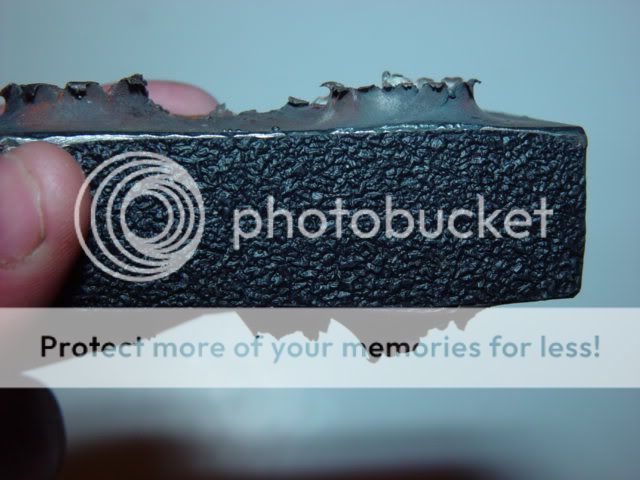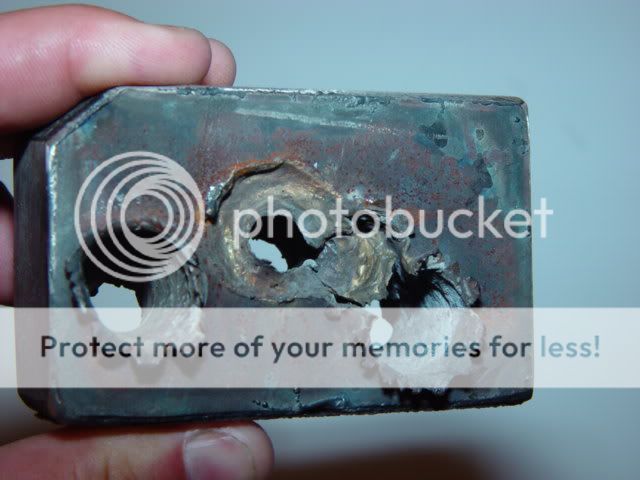Big7
Member
^^^^^^^^^^^^^^^
I have problems people knowing NOTHING about steel composition,
target plate composition, bullet construction, E=MC2, etc.. posting what they think
they know, which is usually not much.
I've been in the toolmaking business since 17. I'm pushing 54 soon.
Been handloading since about 20. Do the math.
Believe it or not, harder steel is EASIER to penetrate than softer steel of the same thickness.
It's called friction coefficient. Look it up.
Pretty sure I'm a little better versed on steel, bullets and physics than most that post.
I have problems people knowing NOTHING about steel composition,
target plate composition, bullet construction, E=MC2, etc.. posting what they think
they know, which is usually not much.
I've been in the toolmaking business since 17. I'm pushing 54 soon.
Been handloading since about 20. Do the math.
Believe it or not, harder steel is EASIER to penetrate than softer steel of the same thickness.
It's called friction coefficient. Look it up.
Pretty sure I'm a little better versed on steel, bullets and physics than most that post.





![IMG_3900[1].JPG](/data/attachments/178/178671-46002e10d3de38fbd605885b22ececfa.jpg)
![IMG_3899[1].JPG](/data/attachments/178/178672-2f008b346a7b5eff7d29340b540f3e0d.jpg)
![IMG_3902[1].JPG](/data/attachments/178/178673-1cac7769c8ad113a7fd264af5bd85faf.jpg)